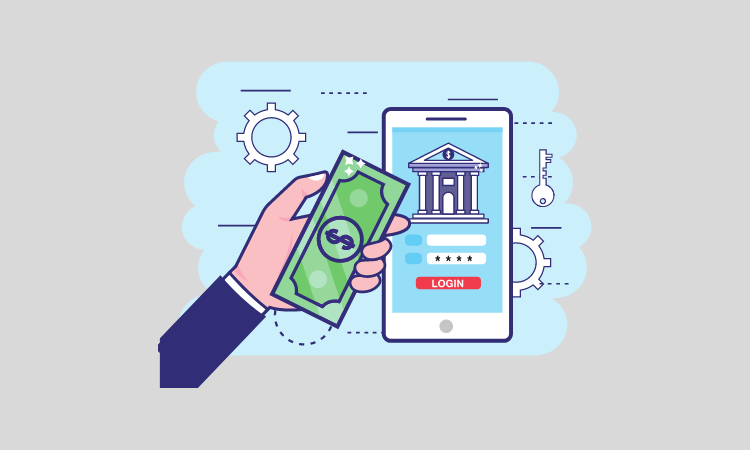4 charts, Member Exclusive
4 charts on finance app growth
- The number of finance app downloads has increased all across the globe.
- And with the resulting heated competition, marketing budgets are widening.








